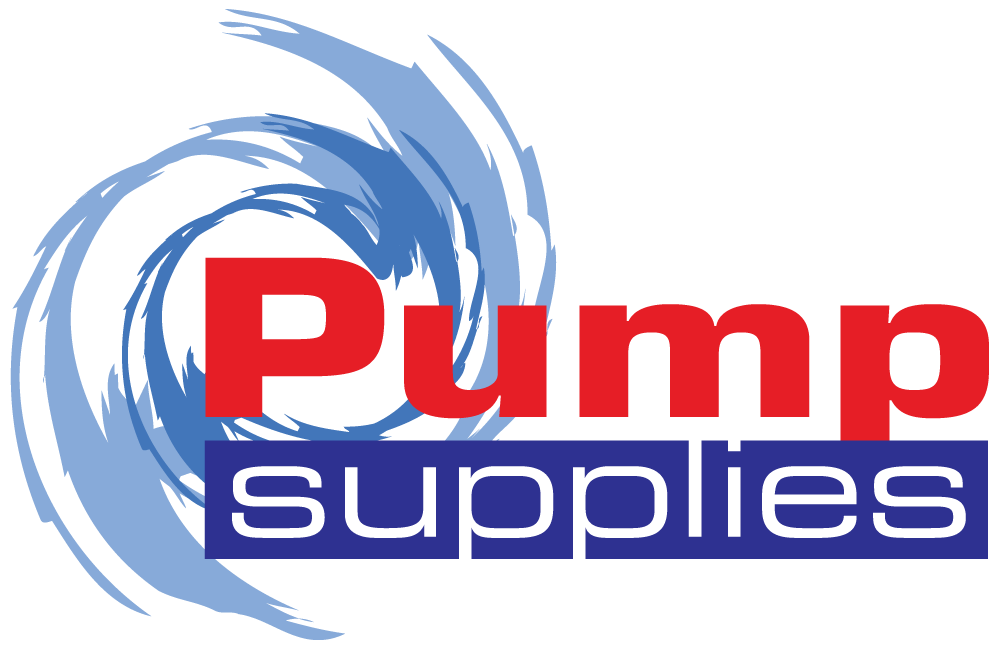
Drainage pumps are essential for many industries and households, helping to manage water efficiently. But like any mechanical system, they can sometimes run into problems. Knowing the common issues that arise with drainage pumps and how professionals fix them can save you time, money, and unnecessary headaches.
Signs of Common Sewer Pump Problems
1. Clogging
What Happens:
Clogging is one of the most frequent issues with drainage pumps. It occurs when debris, dirt, or solid particles get stuck in the pump, blocking its smooth operation. This problem is especially common in pumps used for wastewater or in areas with heavy silt or sand.
How Professionals Fix It:
- Inspection: A professional starts by inspecting the pump to identify the location and severity of the clog.
- Clearing Debris: They remove the debris manually or use specialised tools.
- Preventative Measures: To avoid future clogs, professionals often recommend installing a strainer or screen to filter out solids before they enter the pump.
2. Airlocks
What Happens:
Airlocks occur when air gets trapped in the pump or the pipeline, disrupting water flow. This can prevent the pump from functioning properly or stop it altogether.
How Professionals Fix It:
- Venting: Experts release the trapped air using the pump’s built-in air release valve or by manually venting the system.
- Pump Priming: If the pump isn’t self-priming, they ensure it’s properly filled with water to remove air pockets.
- System Adjustments: In some cases, they adjust the system design to reduce the risk of airlocks recurring.
3. Overheating
What Happens:
Overheating often results from prolonged operation, insufficient cooling, or blockages that force the pump to work harder. If not addressed, it can cause permanent damage to the motor.
How Professionals Fix It:
- Cooling Checks: Professionals inspect the cooling mechanism and ensure the pump is adequately ventilated.
- Lubrication: They check and replenish the lubricants to reduce friction.
- Component Replacement: If overheating has damaged components, they’ll replace them to restore functionality.
4. Loss of Suction
What Happens:
Loss of suction occurs when the pump fails to draw water effectively. This can be caused by a variety of issues, such as leaks in the suction line, a clogged impeller, or a worn-out seal.
How Professionals Fix It:
- Seal Replacement: If the issue is a worn-out seal, professionals replace it to prevent air or water leaks.
- Impeller Cleaning: They clean or replace a clogged or damaged impeller.
- Suction Line Repairs: For leaks, the suction line is repaired or replaced to restore proper function.
5. Electrical Issues
What Happens:
Electrical faults, such as a blown fuse, damaged wiring, or a malfunctioning motor, can cause the pump to stop working.
How Professionals Fix It:
- Electrical Testing: They perform diagnostic tests to identify the fault.
- Wiring Repairs: Damaged wiring is repaired or replaced.
- Motor Overhaul: If the motor is the issue, it may require repairs or a complete replacement.
6. Corrosion
What Happens:
Corrosion can occur over time, especially if the pump operates in harsh or chemical-laden environments. This weakens the pump’s structural integrity and efficiency.
How Professionals Fix It:
- Material Selection: Experts may recommend replacing corroded components with corrosion-resistant materials, such as stainless steel.
- Protective Coatings: They apply protective coatings to extend the pump’s lifespan.
- Routine Maintenance: Regular maintenance helps detect early signs of corrosion.
7. Pump Running Dry
What Happens:
Running a pump without water (known as “dry running”) can cause significant damage, including overheating and wear on internal components.
How Professionals Fix It:
- Dry Run Protection: They install sensors or switches that automatically shut off the pump when water levels are too low.
- Component Inspection: After a dry run, they inspect the pump for damage and replace any worn parts.
8. Excessive Noise or Vibrations
What Happens:
Unusual noise or vibrations can signal issues such as loose components, misalignment, or damaged bearings.
How Professionals Fix It:
- Alignment Checks: Professionals check and correct the alignment of the pump and motor.
- Bearing Replacement: Damaged or worn bearings are replaced to reduce noise and improve efficiency.
- Balancing: The impeller is balanced to minimise vibrations.
9. Low Flow Rate
What Happens:
A reduced flow rate can indicate partial blockages, impeller wear, or incorrect pump sizing for the application.
How Professionals Fix It:
- Blockage Removal: Partial blockages in pipes or the pump are cleared.
- Impeller Replacement: Worn impellers are replaced to restore flow.
- System Evaluation: If the pump is undersized for the job, professionals may recommend upgrading to a more suitable model.
Why Call a Professional?
While it might be tempting to try fixing these issues yourself, drainage pumps are complex systems that require specialised knowledge and tools. DIY attempts can sometimes worsen the problem or void warranties. By calling a professional, you ensure the problem is addressed correctly and efficiently.
The Role of Preventative Maintenance
Many of the issues discussed above can be avoided with regular maintenance. Preventative maintenance by professionals typically includes:
- Cleaning and inspecting components.
- Lubricating moving parts.
- Checking for early signs of wear or damage.
- Testing the system for optimal performance.
Scheduling routine maintenance can extend your pump’s lifespan and reduce the likelihood of unexpected breakdowns.
Conclusion
Drainage pumps are workhorses in water management, but they’re not immune to problems. From clogging to overheating, knowing the common issues and how professionals tackle them can help you make informed decisions. At Pump Supplies, we pride ourselves on providing expert solutions for all your drainage pump needs. Whether it’s repairs, maintenance, or pump hire, our team is here to help keep your operations running smoothly.



